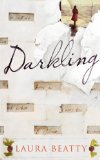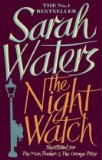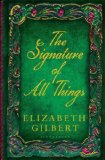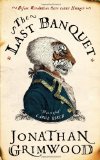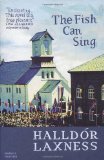Five words from the blurb: woman, adrift, history, Puritan, echoing
Darkling is part historical fiction, part reflection of modern-day living. The book begins with Mia, a woman who feels lost in the world, viewing a derelict castle in Shropshire. She is researching Lady Brilliana Harley, a woman who defended her home from Royalist troops during the English Civil War, and becomes fascinated by the similarities between their two lives.
I shouldn’t have liked this book (it has very little plot and is terribly over written), but there was something about it that grabbed my attention. The vividness of the writing captivated me and I found myself totally absorbed in each slowly unfolding scene.
The writing quality was excellent, but it had a meandering style – no single word was used when it could be replaced by twenty, more complex ones. It shouldn’t have worked, but for some reason it did. Wisdom oozed from each page and it is almost possible to open the book at random and find a beautiful quote:
Because while London teems and jostles and is so blind, at the ends of the roads that lead out of it and away, where the roads thin themselves to single track and get lost in the villages of deep countryside, there is space that opens out between people’s lives. There is room to just be. Like Mia’s father and her aunt, who sit not speaking, just clearing their throats now and then in their living room – and who knows what they are thinking – while the clock on the mantelpiece busies itself spilling out time, marks the silence with its small audible marks, with authority, as if measuring were system enough.
The book was beautifully researched and contained many wonderful details about life both now and during the English Civil War. The descriptions of nature were also particularly evocative.
Overall this is a slow, but vivid story about our relationship with others and how this is affected by our surroundings. Recommended to people who love the written word and are not bothered by the lack of a strong plot.

.
